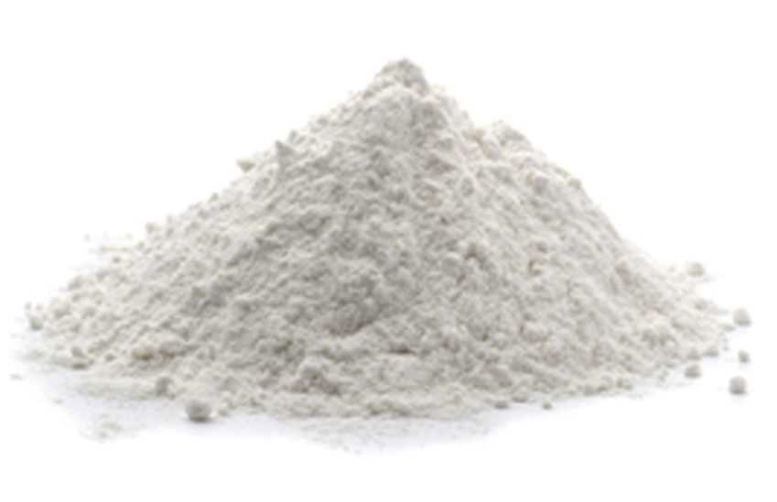MCL-C10 | Melamine Compression Cleaning Material
- 0.07% Formaldehyde
- Compression grade
- Suitable for transfer mold equipment
Product Description
MCL C10 is a compression-grade melamine mold cleaning material designed for cleaning transfer molding equipment and epoxy molds. While more rigid than the rubber cleaning solutions it is able to go into the deepest corners of the mold removing hidden and hard to approach stains. This product is applied by manually laying an appropriate amount of product on top of the mold and applying heat and pressure (compression). A typical schedule is 2 - 5 minutes @ 150 - 190°C with 10tons clamping pressure for a good result. It is very easy and effective to handle so it requires only ~ 3 shots to clean all stains and residues for most cleaning processes.
MCL-C10 can be supplied in loose powder if you want to pelletize yourself, in granular form and potentially in 5 x 5cm melamine cleaning pellets with a V groove break point to make it easier to break, lay down and apply on the mold. MCL-C10 has almost nonexistent amounts of Formaldehyde (0.02 - 0.07%). This proven formulation cleans very well without being toxic to the people involved in the process.
Technical Specifications
| General Properties | |||||||
| Color Color The color | White | ||||||
| Density (g) | 1.3 g/cm3 | ||||||
| Specific Gravity Specific Gravity Specific gravity (SG) is the ratio of the density of a substance to the density of a reference substance; equivalently, it is the ratio of the mass of a substance to the mass of a reference substance for the same given volume. For liquids, the reference substance is almost always water (1), while for gases, it is air (1.18) at room temperature. Specific gravity is unitless. | 1.5 | ||||||
| |||||||
| Thermal Properties | |||||||
| UL 94 Rating UL 94 Rating Flammability rating classification. It determines how fast a material burns or extinguishes once it is ignited. HB: slow burning on a horizontal specimen; burning rate less than 76 mm/min for thickness less than 3 mm or burning stops before 100 mm V-2: burning stops within 30 seconds on a vertical specimen; drips of flaming particles are allowed. V-1: burning stops within 30 seconds on a vertical specimen; drips of particles allowed as long as they are not inflamed. V-0: burning stops within 10 seconds on a vertical specimen; drips of particles allowed as long as they are not inflamed. 5VB: burning stops within 60 seconds on a vertical specimen; no drips allowed; plaque specimens may develop a hole. 5VA: burning stops within 60 seconds on a vertical specimen; no drips allowed; plaque specimens may not develop a hole | V0 | ||||||
| Other Properties | |||||||
| RoHS Compliant RoHS Compliant RoHS is a product level compliance based on a European Union Directive which restricts the Use of certain Hazardous Substances in Electrical and Electronic Equipment (RoHS). Products compliant with this directive do not exceed the allowable amounts of the following restricted materials: lead, mercury, cadmium, hexavalent chromium, polybrominated biphenyls (PBB) and polybrominated diphenyl ethers (PBDE), with some limited exemptions | Yes | ||||||
| Mechanical Properties | |||||||
| |||||||
| |||||||
| Curing Conditions | |||||||
| |||||||
| Physical Properties | |||||||
| Spiral Flow @ 175°C | 7.62 cm | ||||||



